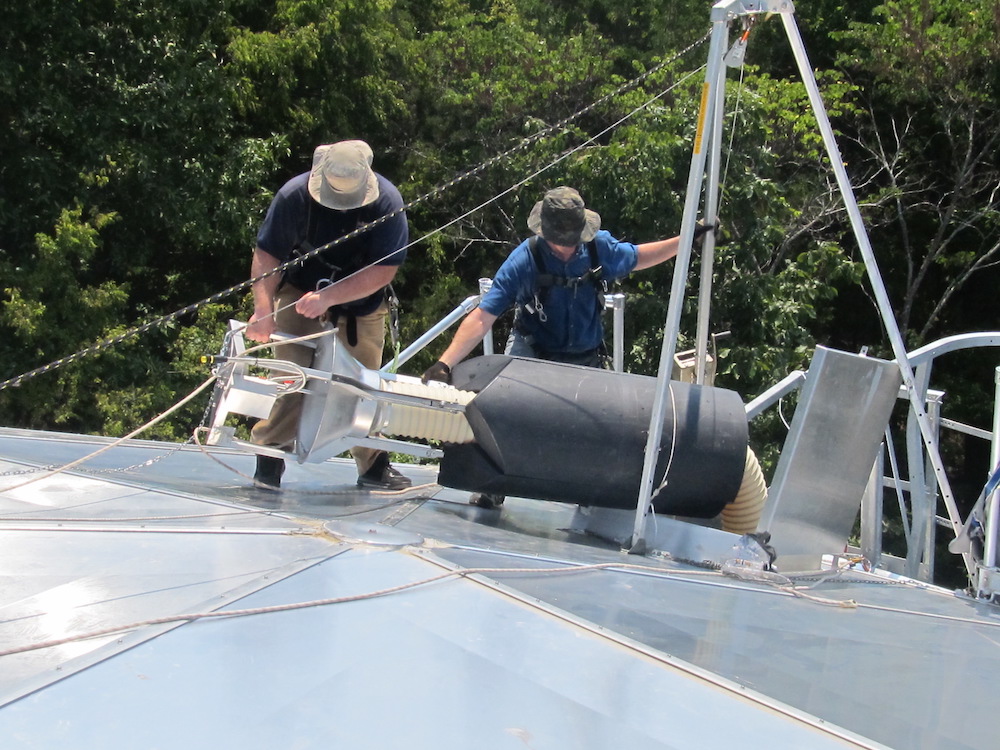When your water is out of balance, you’re out of compliance. When you’re out of compliance, you’ve got big trouble on your hands. If your water fails quality tests, you must pay fines and notify the public – which can damage your reputation. Damaging publicity can hurt your usage and cut into your revenue. Let’s avoid that. Here are some new ways to think about effective management within your current infrastructure – so that you remain in compliance and in good standing with your users.
Tackling The Treatment Puzzle
It would be great if there was a silver bullet that could keep your water quality to permissible standards within your existing infrastructure. But there isn’t. Unfortunately, compliance often requires a combination of treatment techniques, and those techniques may need to be adjusted over time, in the face of changing conditions and external forces.
No two solutions will be the same, but a comprehensive approach should incorporate these three phases:
- 1. Mix Your Water
Mixing should occur 24 hours a day, seven days a week, 365 days a year. Without constant mixing, stratification will occur, and that stratification can be exacerbated when hot water enters the system during extremely hot and dry times of the year.
Lax tank mixing can also impact the system if recommended turnover can’t be achieved. If you can’t turn it over, you’ve got to keep it moving somehow and mixing is the most effective way to do it.
- 2. Manage Tank Turnover (And Keep Mixing)
The recommendation for tank turnover is 50 percent of the volume every 48 hours. There are very few cases where that recommendation is achievable due to the sequential design of water tank systems. Dropping the volume in one tank can cause a marked drop in water pressure, which leads to customer disruption.
Mixing can achieve the movement required to keep the water moving like it should be, but turnover should still occur as often as possible. When turnover does occur, mixing is absolutely critical to prevent stratification and contamination, especially in the summer when hot water is entering the system in higher volumes.
- 3. Adjust Your Approach to pH, THMs and Byproduct Removal
The standard practice when dealing with pH has been, “Get it down.” Managers can run themselves ragged trying to manage pH levels, but studies show that the proper range is really between 7.5 and 8. Each time you adjust your pH, you run into changes in haloacetic acid levels and trihalomethanes (THMs). For years, water companies have been told to decrease pH, because the more acidic the water, the less THMs in the system.
Plant operators know, however that the problem often isn’t the THMs, it’s the acid levels. Many times, when adjusting pH, those acid levels become too high, making the plant vulnerable to compliance violations. The key to unlocking this delicate chemical balance may lie in the organic material in the water. When hot water enters the system, especially in dry, drought-like conditions, the de-oxygenated water holds more algae and organics, and the water source wreaks havoc on the balance of the system. Adjusting the approach and keeping pH in the 7.5 to 8 range can often help stabilize acids and THMs without taking drastic measures.
Tackle Defense With A Sound Offense
To avoid the slew of problems that come from non-compliance, the best defense is a sound offense. Perform proactive testing and plan your approach for when issues arise. Understand that sometimes, the old methods won’t work on their own and that today, quality management is about drilling down to the root cause of the problem. What comes out of the tank can be impacted by what goes in, when it goes in, how it is handled inside the tank, and the approach you take to keep everything in balance. Finally, always work with partners who are committed to exploring cutting edge water treatment solutions.


